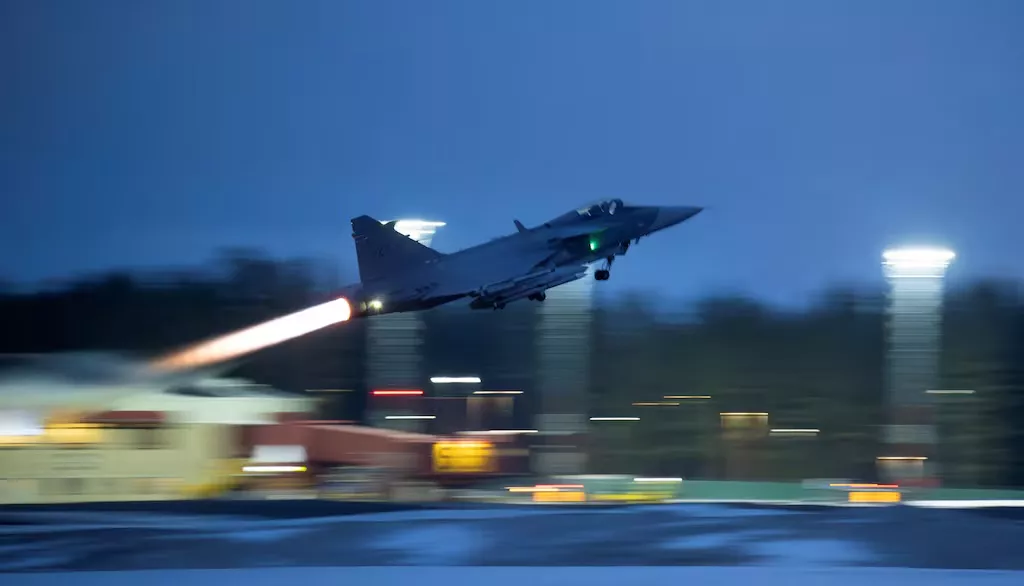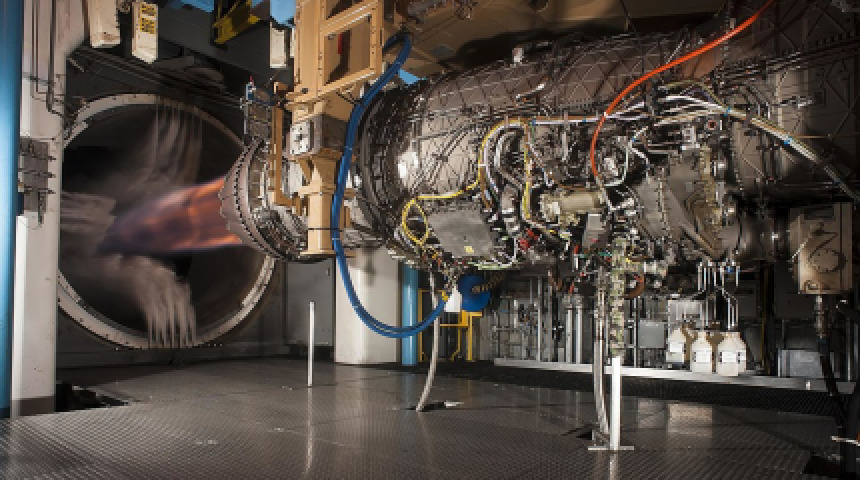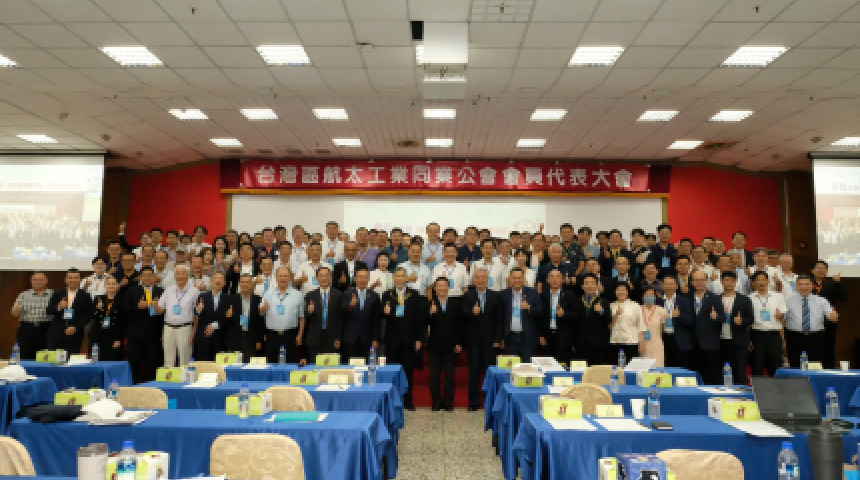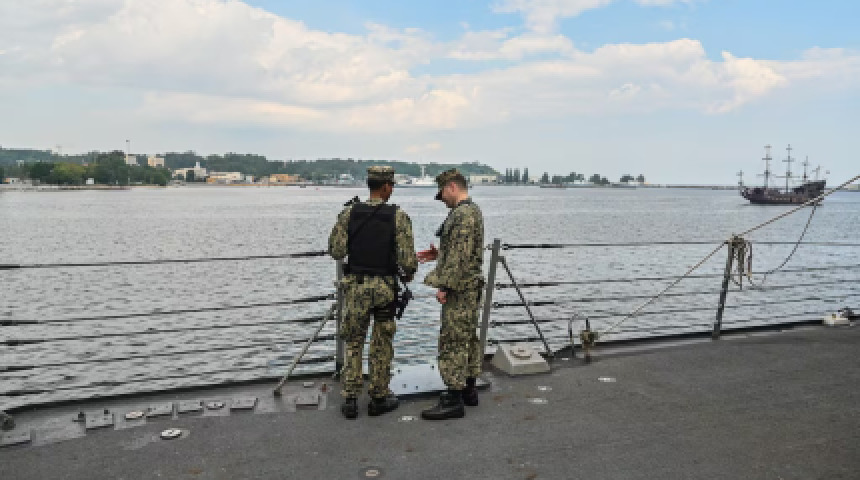🇹🇭 泰國選擇瑞典Gripen戰機,強化國防自主與技術轉移合作

(Anders Wiklund/TT News Agency/AFP via Getty Images)
2025年6月,泰國皇家空軍(RTAF)宣布將分三階段採購12架瑞典Saab公司製造的Gripen E/F戰機,以取代服役逾37年的美製F-16機隊。首批4架戰機預計於2029年前交付,總預算約為600億泰銖(約17億美元)。
此項選擇的關鍵因素在於瑞典提供的全面性技術轉移與產業合作方案,總價值達合約金額的155%。其中包括:
- 授權泰國使用並開發由Saab開發的Link-T戰術資料鏈,提升多域作戰能力。
- 升級現有的Saab 340預警機,並建立本地維修、修理與大修(MRO)中心。
- 泰國企業將參與Gripen供應鏈,生產輪胎、軸承、夾具與機身零件等。
- 提供飛行員與維修人員的培訓計劃,以及任務支援與後勤管理系統。
泰國此舉不僅是為了更新老舊機隊,更是為了提升國防自主性,並促進本國航空產業的發展。
🔍 三個觀察重點:
- 技術轉移與產業合作成為關鍵因素:瑞典提供的技術轉移與本地產業合作方案,使泰國能夠在提升國防能力的同時,發展本國的航空產業。
- 多元化國防合作夥伴:泰國選擇瑞典Gripen戰機,顯示其在國防合作上尋求多元化,減少對單一國家的依賴,提升戰略自主性。
- 對台灣的啟示:台灣在尋求國防自主與技術升級時,可參考泰國的策略,透過技術轉移與國際合作,強化自身的防衛能力與產業發展。
Thailand Selects Sweden’s Gripen Fighter Jets to Enhance Defense Autonomy and Technology Collaboration
In June 2025, the Royal Thai Air Force (RTAF) announced its decision to procure 12 Swedish Saab Gripen E/F fighter jets over three phases, replacing its aging fleet of U.S.-made F-16s that have been in service for over 37 years. The first batch of four aircraft is expected to be delivered by 2029, with a total budget of approximately 60 billion baht (around $1.7 billion).
A pivotal factor in this decision was Sweden’s comprehensive technology transfer and industrial cooperation package, valued at 155% of the contract’s worth. Key components include:
- Authorization for Thailand to use and develop Saab’s Link-T tactical data link, enhancing multi-domain operational capabilities.
- Upgrades to existing Saab 340 airborne early warning aircraft and establishment of a local maintenance, repair, and overhaul (MRO) center.
- Inclusion of Thai companies in the Gripen supply chain, manufacturing components such as tires, bearings, clamps, and airframe parts.
- Comprehensive training programs for pilots and maintenance personnel, along with mission support and logistics management systems.
This strategic move not only modernizes Thailand’s air force but also fosters domestic aerospace industry growth and enhances national defense autonomy.
🔍 Three Key Observations:
- Technology Transfer and Industrial Collaboration as Decisive Factors: Sweden’s offer of extensive technology transfer and local industry involvement was instrumental in Thailand’s selection of the Gripen E/F, enabling the country to bolster its defense capabilities while developing its aerospace sector.
- Diversification of Defense Partnerships: Thailand’s choice reflects a strategic shift towards diversifying its defense partnerships, reducing reliance on a single country, and enhancing strategic autonomy.
- Implications for Taiwan: Taiwan can draw lessons from Thailand’s approach by seeking international collaborations that include technology transfers and industrial cooperation, thereby strengthening its own defense capabilities and industry development.




回應文章建議規則: